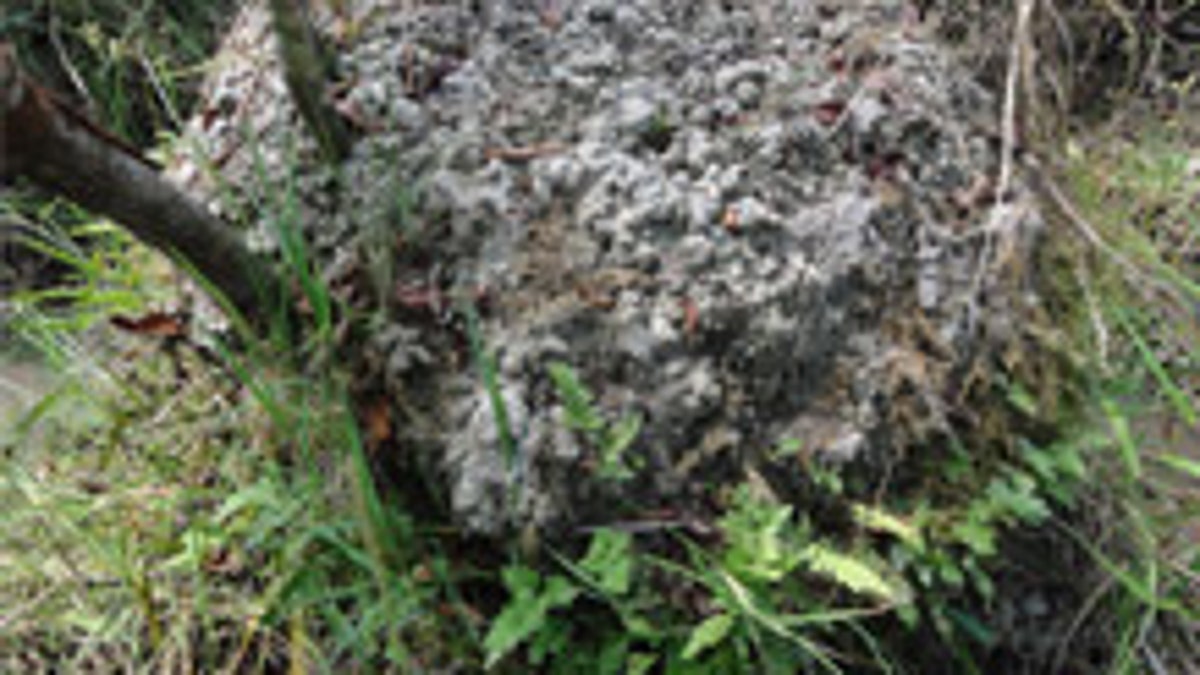
Large worms create surales in South American wetlands. (University of Exeter)
Giant earthworms that can grow to be as long as three feet are responsible for strange mounds of soil found in the wetlands of Venezuela and Colombia, scientists report in the journal PLOS ONE.
The curious landscape phenomenon in question is called surales, which are mounds of soil that can be as big as 16 feet in diameter and six feet tall. When seen from above, the mounds form an organized-looking pattern.
But what created them?
Related: Strange giant sphere in Bosnia sparks debate
Scientists did field work, used Google Earth, and even a drone to take pictures from above to figure out the answer.
The concluded that the mounds were mostly made up of worm casts, which is the manure worms produce when they excrete. The mounds begin as towers, which the worms use as part of a process of respiration in the flooded landscape.
“Mounds are initiated when large earthworms feed in shallowly flooded soils, depositing casts that form ‘towers’ above water level,” the study explains. “Using permanent galleries, each earthworm returns repeatedly to the same spot to deposit casts and to respire. Over time, the tower becomes a mound.”
Related: Tiger population estimate sparks controversy
In fact, the scientists hypothesized that one worm species, Andiorrhinus sp, is the key player in the mound construction. Those worms get to be as big as three feet long— and that’s before they’re adults, the scientists report.




















